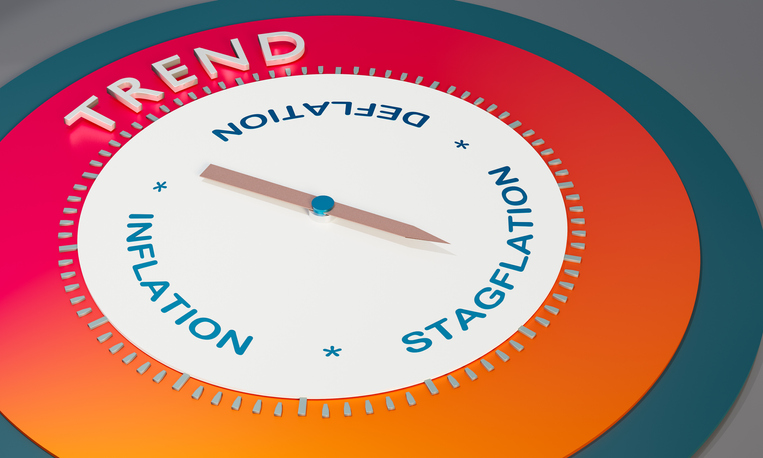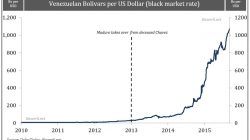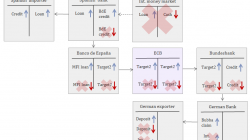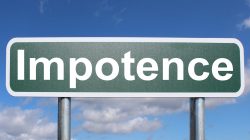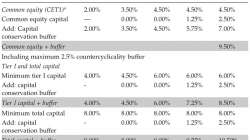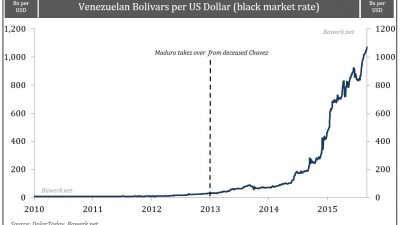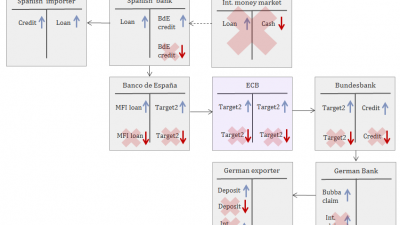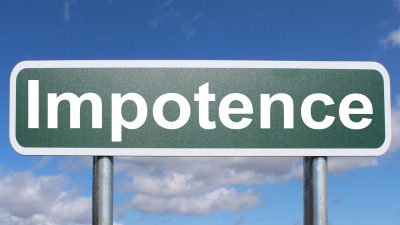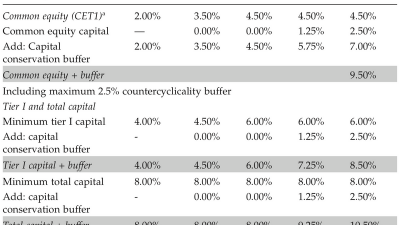As the global economy continues to face challenges and uncertainties, one looming threat that has been gaining attention is the phenomenon of stagflation. This economic condition, characterized by a combination of stagnant economic growth and high inflation, poses significant risks to businesses, consumers, and policymakers alike. In this in-depth analysis, we will explore the concept of stagflation, its historical context, potential causes, and implications for the future.
Stagflation: A Looming Economic Threat
Stagflation, a term coined in the 1970s to describe the unique combination of stagnant growth and rising prices, presents a complex challenge for policymakers. Unlike traditional economic models, which suggest a trade-off between inflation and unemployment, stagflation defies easy solutions and requires a nuanced understanding of its causes and consequences.
The Historical Context of Stagflation
To understand the roots of stagflation, we must look back to the turbulent economic period of the 1970s. During this time, the global economy was roiled by a series of oil shocks, supply chain disruptions, and geopolitical tensions, all of which contributed to a toxic mix of slow growth and high inflation. The stagflationary spiral that ensued had far-reaching consequences, impacting industries, governments, and households around the world.
Exploring the Causes of Stagflation
While the precise causes of stagflation are subject to debate among economists, several key factors have been identified as potential drivers of this economic malaise. One prominent theory suggests that supply-side shocks, such as disruptions in the production and distribution of goods and services, can trigger a period of stagflation by reducing output and driving up prices. Additionally, factors such as excessive government spending, loose monetary policy, and wage rigidities can exacerbate the problem, leading to a prolonged period of economic stagnation and inflation.
The Implications of Stagflation for Businesses
For businesses operating in a stagflationary environment, the challenges are manifold. Inflationary pressures can erode profit margins, making it difficult to maintain competitiveness in the market. At the same time, sluggish demand and weak consumer confidence can hinder growth prospects, forcing companies to navigate a treacherous economic landscape. To survive and thrive in such conditions, businesses must adopt a proactive approach to managing costs, optimizing operations, and adapting to changing market dynamics.
The Policy Response to Stagflation
When faced with the specter of stagflation, policymakers are often compelled to take swift and decisive action to mitigate its effects. This may involve a combination of monetary and fiscal measures, aimed at stabilizing prices, boosting demand, and restoring confidence in the economy. However, the effectiveness of such interventions is contingent on a range of factors, including the severity of the stagflationary pressures, the credibility of the policy response, and the broader macroeconomic context.
The Future of Stagflation: Uncertainties and Opportunities
As we look ahead to the future, the specter of stagflation looms large on the horizon, casting a shadow of uncertainty over the global economy. While the triggers and dynamics of stagflation are complex and multifaceted, one thing is clear: the need for vigilance and preparedness in the face of potential economic challenges. By staying informed, adaptable, and proactive, businesses, consumers, and policymakers can navigate the turbulent waters of stagflation and emerge stronger and more resilient on the other side.

